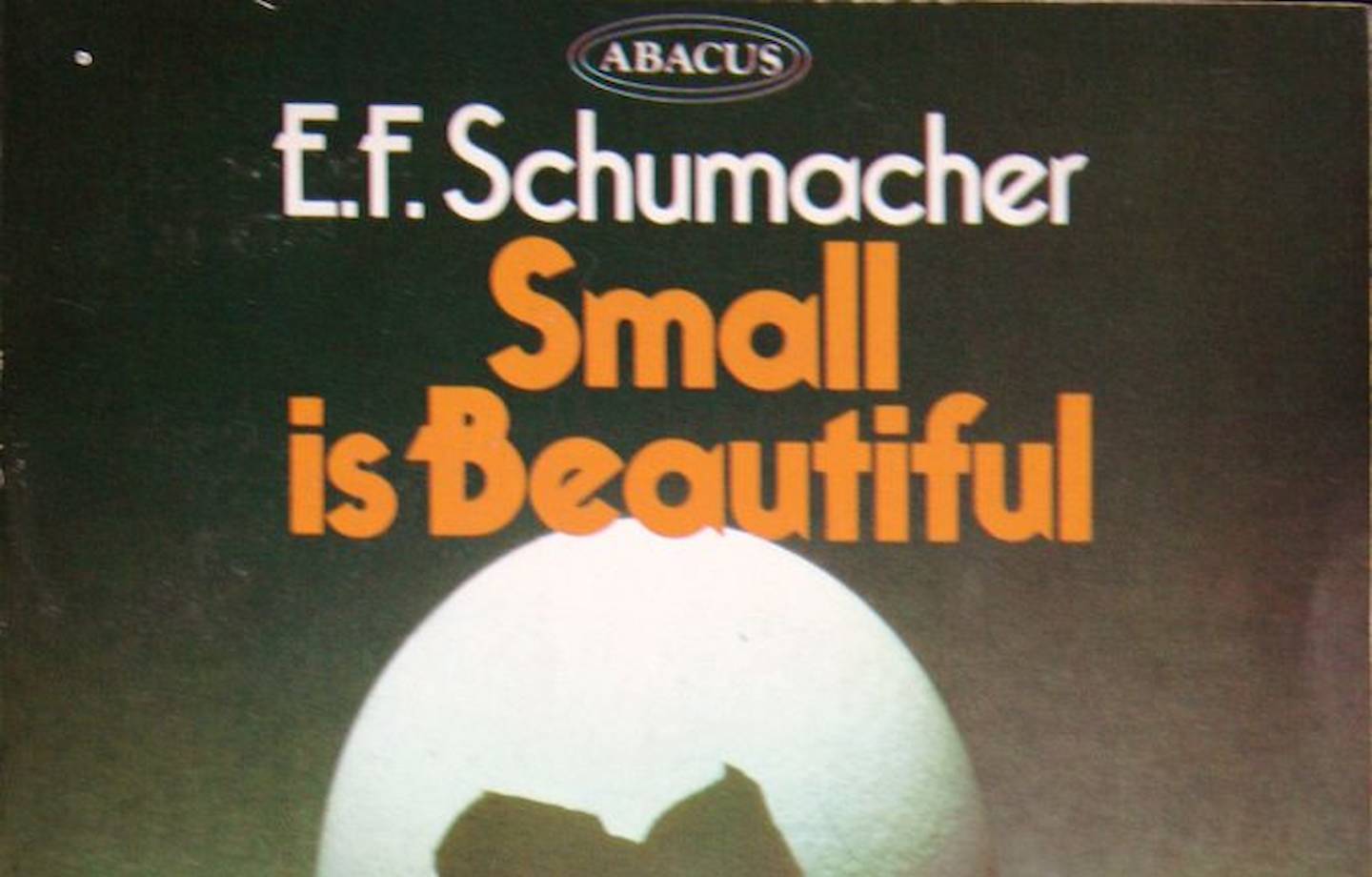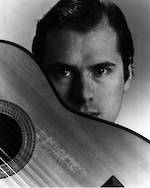Microtonal Music
I ran into a microtonal colleague at David Del Tredici's Monster concert at the Italian Academy.
She was sporting a chic Joseph Technicolor coat, with dazzling shades that shifted imperceptibly from one to the next. I asked about her latest work and she said that she's working on some 12-tone equal tempered music. This comment stood out:
I am value neutral about all divisions of the octave, but 12-tone happens to be more practical because of the way instruments and skilled players are equipped."
A few thoughts about this comment gave me some ideas about how to approach my talk in Salzburg with the International Ekmelic Music Society at the end of June.
That neutrality toward all equal divisions of the octave could only come from composers who are not interested in punning with traditional music, composers who feel it is necessary not to do so. Of course we respect that -- "burn all the bridges and forge ahead". A similar attitude can be detected in Schoenberg, Webern (not Berg), Leibowitz, Boulez, and the Darmstadt ethos. That is alive and well. As a response to the end of Europe as they knew it, many composers assiduously avoided tonal references. It became a thing.
Berg was a syncretist. In the US we have many composers in the Darmstadt ethos, we also have reactionaries and hipsters, but we also have some syncretists. Notably Frank Brickle, who demonstrated that one could be a Princetonian ( the '70s vintage) without sounding like that. Brickle was of interest to me because I was and still am a champion of the music of his teacher Milton Babbitt. How to divorce techniques from the sound world that is associated with the first appearances of those techniques? How to move on stylistically, but abandon no resource, no felicity, none of that Burgess Shale of compositional practice that emerged over the last century? Babbitt's Cygnus piece, Swan Song No. 1 is very "tonal" (for him). He went the way Brickle & I did, while remaining true to his principles. He stopped avoiding diatonic collections (he never did entirely avoid them). He found a way to negotiate between the diatonic and non-diatonic collections.
On another front we have minimalists who grew more complex--Terry Riley and John Adams. They grew out of minimalism's experimental aspect--music in a Petrie Dish. Their music grew into a village, a city, if not a universe. They began in allegiance with a reactionary movement, but moved in wonderful, surprising directions--not at all straight-forwardly diatonic.
The reversion to the Baroque norm will happen continually because music answers desires, not Hegelian agendas for musical development. There will be Beatles and Piazzollas. This is a psychological reality that has analogies in linguistics. Usage does not turn on a dime. Usages change over time organically, not by fiat.
Composers who are traversing between diatonic and non-diatonic keep a connection to the past.
Eugene Lee's 18-tone music is an attempt to apply Babbitt's combinatorial principles to a larger division of the octave. It is worth studying the various grains of the 12 and 18 tone divisions.
By grains, I mean not only interval cycles. Those, and also all of what Messien ennumerated.
12 Tone scales, ordered from the familiar to the less familiar:
diatonic scale
chromatic scale
whole tone scale
octotonic scale
Mystic chord
augmented scale
I consider these all "publicly traded" scales. The octotonic is overused and the augmented scale, no less potentially claustrophobic is underutilized. These all cycle through pitches in very mathematically neat ways, but more important is that they are aurally discrete soundworlds.
The major 7th chord is embedded in the diatonic and the augmented scale, but not in the the octotonic, not in the whole tone. This is a powerful tool. The end of Stravinsky's Concerto for Two Pianos *erases* the octotonicism of the final fugue with a very powerful and bizarre major 7 chord. Stravinsky truly appreciated the dramatic potential of crossing between those sound worlds.
18 tone music will have more of these discrete soundworlds, but we would have to learn to care about them. Centuries of music have taught us to love certain things.
(work out all the analogous 18-tone structures)
Eugene Lee's approach, using combinatoriality, leads to even more finely parsed approaches to harmony than the big "public" scales. Moreover, Eugene Lee relates his 18-tone system to the overtone series. As with 12-tone ET, the fit cannot be precise, but he makes an excellent case for it. (elaborate)
We will hear some examples of Eugene Lee's 18-tone music. It is surprisingly listenable!
Work in Progress
More soon. Your thoughts are welcome.
email: wanderso@slc.edu
Thanks are due to Agustin Castilla-Avila, Director of the International Ekmelic Music Society.

